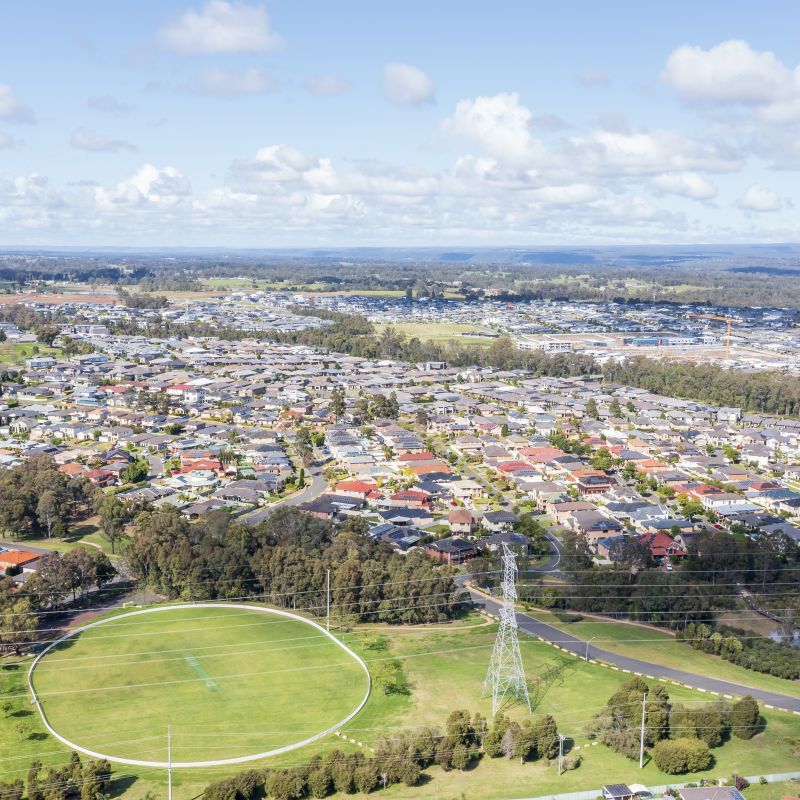Our role
The AER is responsible for the economic regulation of electricity transmission and distribution networks and gas transmission and distribution pipelines in all Australian jurisdictions except Western Australia.
Our role is to ensure that consumers pay no more than necessary for network infrastructure, which is charged to them as network and distribution costs in their electricity and gas bills.
Network businesses submit revenue proposals to us and we make decisions based on factors including projected demand for electricity and natural gas, age of infrastructure, operating and financial costs and network reliability and safety standards. We review and approved annual pricing proposals and tariff variations in line with revenue determinations.
We also monitor network performance and network service compliance with national energy legislation. We take enforcement action when there is potential or actual harm to consumers.
Tariff reform
We are focused on network tariff reform that will allow distributed energy resources, such as solar PV, batteries and electric vehicles, to be integrated onto the grid as efficiently as possible.
